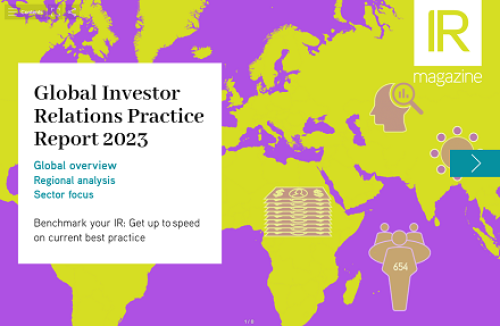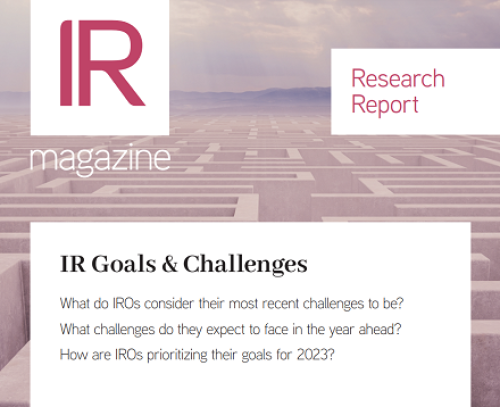A profile of Carol DiRaimo, joint winner of the 2017 IR Magazine Award for best US small & mid-cap IRO
Carol DiRaimo, vice president of IR & corporate communications at Jack in the Box, won three of this year’s IR Magazine Awards, and her ratings from the investment sector were way ahead of the field. Jack in the Box jumped 62 places to take third place in the overall rankings of IR performance in the US across all sectors and cap sizes. The firm won the award for best overall IR at a small or mid-cap and best IR in the consumer discretionary sector, while DiRaimo shared the best small &
You need to register to access 3 free deep dive articles per month. To continue reading please register or login below..
- Unlimited deep dives
- Data-driven research around key topics
- Buy-side insights
- Benchmarking reports
From
$1495










